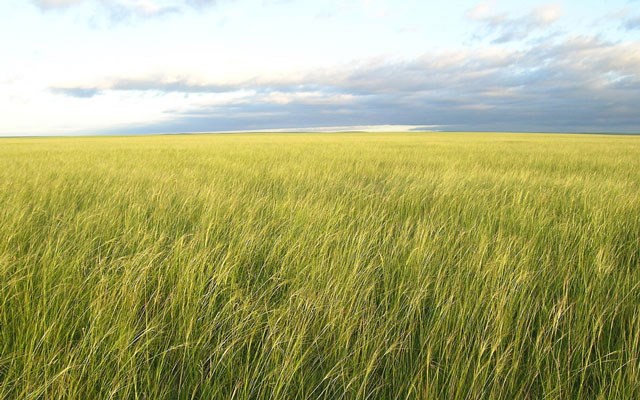One can imagine the earliest settlers, those who dreamt of a piece of land they could call their own on which to farm and raise a family, arriving on the Canadian Prairies and thinking there was so much grassland it would never all be farmed.
But those first brave settlers were quickly followed by more, and more, and more, each sharing in the dream of land ownership, and the freedom to farm and raise families.
Today many of us can count ourselves among the descendants of those settlers who turned acre after acre of native grassland into grain growing farmland, primarily what in the early days giving the region a worldwide reputation for producing the crop.
And along the way the grasslands simply fell away to the plow.
That is why today “temperate grasslands, which include our Canadian Prairies, are considered one of the most endangered ecosystems in the world,” related Nadia Mori, Range Management Extension Specialist in a recent article in Agriview. “In Saskatchewan, it is estimated that approximately 20 per cent of native prairie remains intact. Our remaining native prairie is a valuable resource that touches many lives and interest groups. Ranchers rely on the sustainable use of prairie for their livelihoods. For others, native prairie may be cultural, spiritual or recreational importance. Many landowners, government and non-government agencies play a role in the stewardship and protection of native prairie.”
To promote such stewardship and protection and to raise the recognition of the importance of native rangelands to sustainable growth in our province, Saskatchewan’s ministries of agriculture and environment declared the third week of June as Native Prairie Appreciation Week (NPAW).
“The purpose of the week is to raise awareness and appreciation of native prairie ecosystems and their importance to Saskatchewan’s people as well as to the environmental and agricultural sectors,” noted Mori.
There will certainly be those among readers here who question the value of protecting native grasslands. They are not exactly as high profile in the world on conservation media as say the rainforests of С����Ƶ America, but in many ways their potential value is a shared one.
New science emerges almost every day which begins the process of looking at plants in new ways in terms of what they may offer in terms of medicinal components and genes to fortify crucial food crops against things like drought and disease.
Through science we are also beginning to better understand that few things in our natural world exist in isolation of each other. To lose a wildflower species whose home is temperate grasslands might well end an insect species reliant on the flower for food, and with the insect extinct a bird species might be in peril as they sought out the bug as food.
Nature is an interconnect tapestry and when mankind makes the mistake of pulling on too many threads, what the world may look like regionally and beyond is drawn into question.
Calvin Daniels is Editor at Yorkton This Week.

